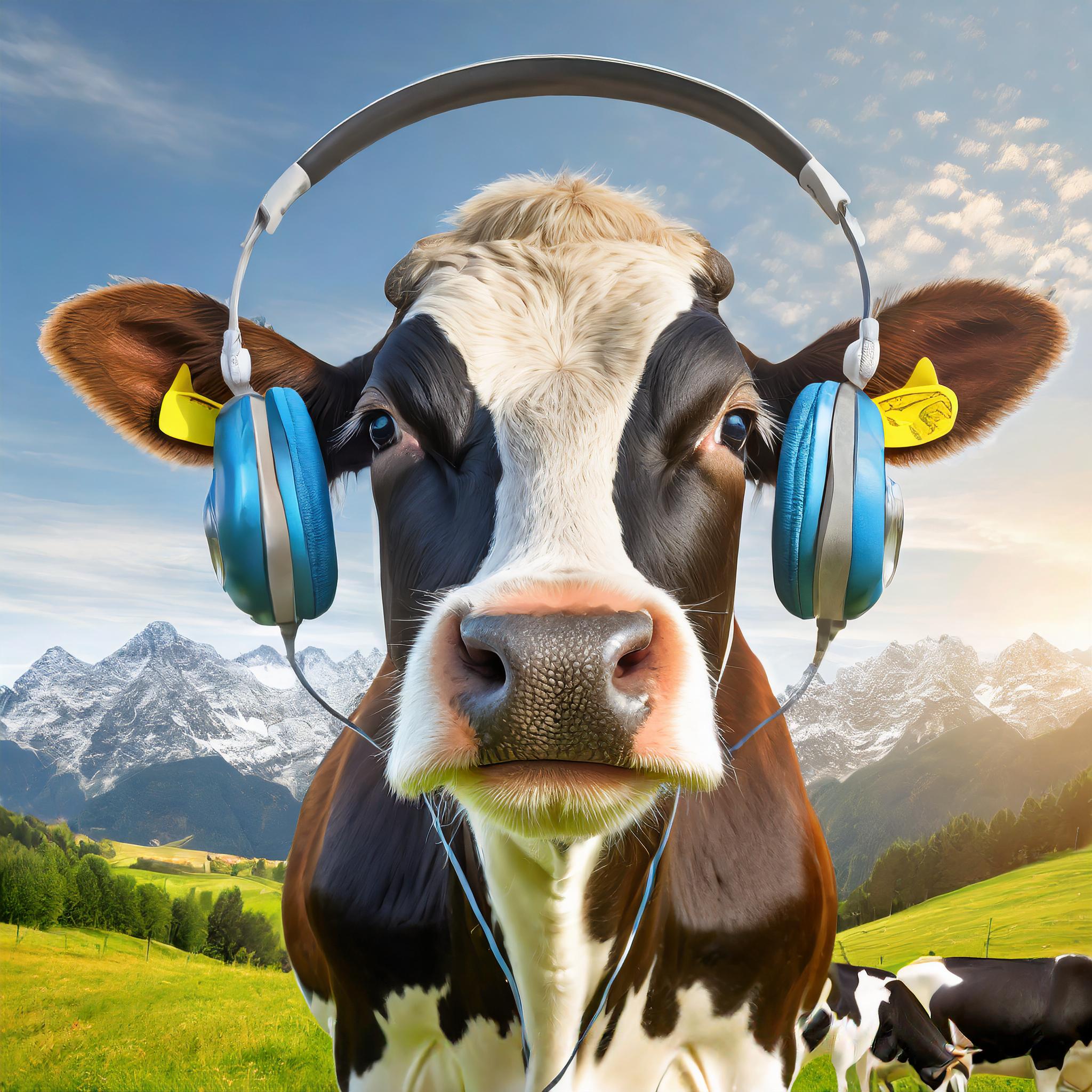 It’s often said that social factors are key determinants of disease in both humans and laboratory animals. However, there appears to be a significant knowledge gap when it comes to the application of this understanding to farm animals. This article ties into a recent study which set out to determine if the unpredictability and competitiveness inherent in certain social environments affect the behavior and health of dairy cows during their high-risk transition period before calving.
It’s often said that social factors are key determinants of disease in both humans and laboratory animals. However, there appears to be a significant knowledge gap when it comes to the application of this understanding to farm animals. This article ties into a recent study which set out to determine if the unpredictability and competitiveness inherent in certain social environments affect the behavior and health of dairy cows during their high-risk transition period before calving.
Five weeks before their expected calving dates, 64 cows were divided into eight groups, each consisting of three multiparous cows and one primiparous cow. These groups were then assigned to either a predictable, noncompetitive social environment or an unpredictable, competitive one.
In the ‘predictable’ groups, cows had access to multiple feed bins, freeing them from competing for food. In contrast, the ‘unpredictable’ groups were essentially subjected to a form of ‘musical chairs’ scenario for feeding. They would be moved to a new pen with only one feed bin per cow, which they had to share with a resident cow, thereby creating a competitive feeding environment. To ramp up the unpredictability, access to morning feed was sometimes delayed, and the cows were assigned to a new feed bin every second day, forcing them to compete with a different resident partner.
The researchers collected data on feeding and social behavior and conducted regular blood tests to measure certain metabolic and inflammatory biomarkers. Additionally, uterine cytology was carried out within three to five weeks after calving to diagnose cytological endometritis, a common postpartum disease in dairy cows.
Upon analysis of the collected data, several intriguing differences were observed between the ‘predictable’ and ‘unpredictable’ groups.
- The cows from both treatments consumed the same amount of feed, but those in the unpredictable group spent less time feeding and had a higher rate of feed intake.
- In the unpredictable groups, cows visited the feed bins less frequently, consumed more feed per visit, and were involved in more social replacements at the feed bin.
- The unpredictable groups exhibited higher serum concentrations of nonesterified fatty acids and the inflammatory marker, tumor necrosis factor-α, but lower levels of the metabolic marker, β-hydroxybutyrate.
- Notably, multiparous cows in the unpredictable groups were more likely to be diagnosed with cytological endometritis after calving, while primiparous cows showed a slight trend towards the opposite effect.
This study thus provides strong evidence that an unpredictable and competitive social environment before calving triggers changes in feeding behavior, certain physiological indicators, and increases the risk of uterine disease in multiparous cows. This implies that the management of the social environment can be a significant determinant of dairy cows’ health during the transition period.
Creating a peaceful environment for calving cows is not just a matter of animal welfare; it is a strategic approach to enhancing productivity in dairy farming. This article explores the psychological and physiological impacts of a tranquil setting on calving cows and outlines how such conditions lead to improved health outcomes and increased milk production.
Background: The calving period is critical for both the cow and the calf. The environment during this time can significantly affect the stress levels of the cow, which in turn impacts her health and the initiation of lactation. Stress can suppress immune function and increase the likelihood of postpartum complications, thus affecting milk yield and quality.
Psychological and Physiological Benefits: A peaceful environment reduces stress in calving cows, which helps maintain a robust immune system and facilitates a smoother calving process. Lower stress levels are associated with better hormonal balance, which optimizes milk production and improves overall reproductive health. Stress reduction is achieved through minimized noise, reduced human and machine traffic, and the presence of familiar herd mates.
Impact on Milk Production: Studies have shown that cows in stress-free environments produce higher quantities of milk with better quality. This is attributed to higher levels of oxytocin, the hormone responsible for milk let-down, which is more efficiently released in a calm setting. Additionally, the reduced incidence of health issues means that cows spend more time in optimal lactation, contributing positively to farm output.
Economic Implications: The economic benefits of fostering a peaceful environment for calving cows are manifold. Farms that invest in such environments see a decrease in veterinary costs due to fewer health complications. Improved milk yield and quality lead to higher revenues, while enhanced reproductive efficiency ensures a quicker return to fertility, thus shortening the inter-calving interval.
Management Practices: Implementing a peaceful environment involves several management strategies:
- Physical Layout: Design calving areas to be away from noisy operations and ensure they are spacious and well-bedded.
- Handling Practices: Employ low-stress handling techniques and ensure that interactions with humans are gentle and calm.
- Social Structure: Maintain stable social groups to prevent social stress and allow cows to form comforting, familiar relationships with their peers.
Conclusion: Creating a peaceful environment for calving cows is a critical component of modern dairy management that has profound benefits on animal welfare and farm productivity. By understanding and implementing stress-reduction techniques, dairy farmers can enhance the wellbeing of their animals and achieve better economic outcomes. This proactive approach not only aligns with ethical farming practices but also with the economic interests of dairy operations.









